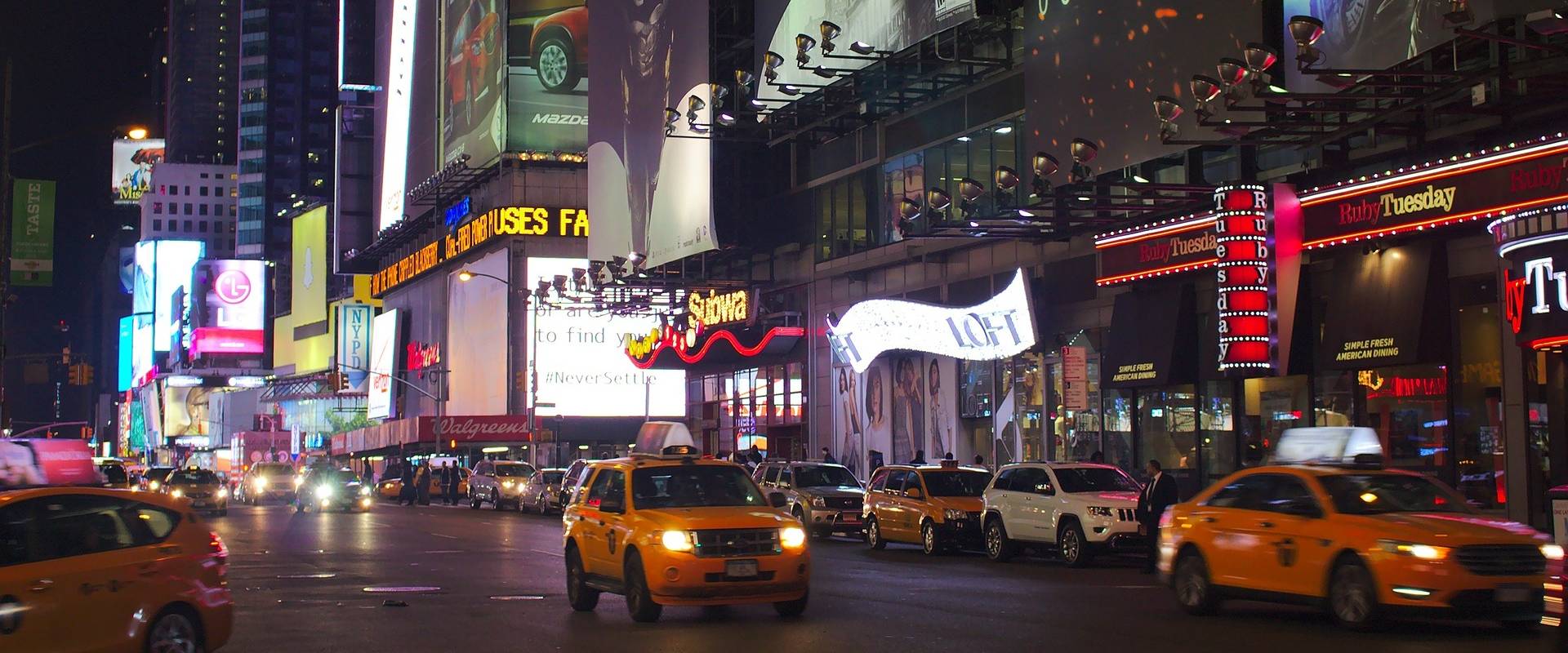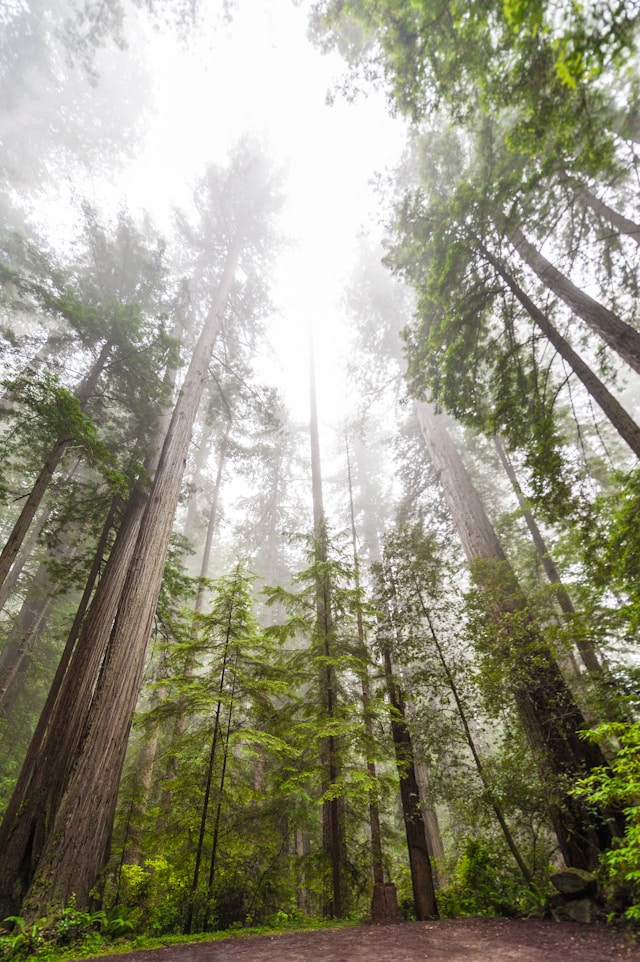The rope holds your weight as you rappel down a 200-foot cliff face in Utah. Your heart pounds, but you’re grinning from ear to ear. There’s no one else to worry about, no group schedule to follow, just you pushing your limits in one of the most beautiful places on earth. This is solo adventure travel, and it’s becoming the ultimate way for men to challenge themselves and explore the world.
Adventure travel has always attracted thrill seekers, but solo adventure travel is experiencing unprecedented growth. Men are increasingly choosing to tackle challenging experiences alone, from trekking remote mountain trails to diving with sharks in foreign waters. The combination of physical challenge and personal discovery creates experiences that group travel can’t match.
The numbers support this trend. Solo adventure bookings have surged, with men particularly drawn to physically demanding activities. Ice diving in Iceland’s crystal-clear fissures, volcano hiking in Costa Rica’s jungles, and solo trekking along Nepal’s lesser-known trails are just some of the experiences drawing adventurous men to far-flung destinations.
What makes solo adventure travel so appealing? Complete control over your experience is at the top of the list. You choose your pace, your risks, and your timeline. Want to spend an extra day at a beautiful campsite? No problem. Are you pushing harder to reach a summit? It’s your call. Solo adventurers report higher satisfaction rates because they can tailor every aspect of their journey to their personal preferences and abilities.
Safety has improved dramatically, making solo adventures more accessible than ever. GPS tracking devices can alert rescue services if you’re in trouble. Satellite communicators allow two-way messaging from the most remote locations. Weather apps provide detailed forecasts for specific locations. These technological advances have made activities that were once considered too risky for solo travelers much safer.
Popular solo adventure destinations offer the perfect mix of challenge and infrastructure. Iceland attracts solo travelers with its dramatic landscapes and excellent safety records. The country’s well-marked trails, reliable communication networks, and robust rescue services make it an ideal destination for independent adventurers. New Zealand offers similar advantages, with world-class hiking and adventure sports in a safe, English-speaking environment.
For many men, solo adventure travel becomes a form of moving meditation. The physical challenges require complete focus, pushing daily worries and stress into the background. Climbing a difficult route or navigating challenging terrain requires presence and attention, which naturally cultivates a mindfulness practice. Many solo adventurers describe their trips as transformative experiences that provide clarity and perspective.
The planning process is crucial for solo adventurers. Unlike group trips where responsibilities are shared, solo travelers must research every aspect themselves. This includes understanding weather patterns, knowing emergency procedures, and having backup plans for various scenarios. The extra preparation often leads to a deeper appreciation and understanding of the destinations.
Training becomes more critical when you’re going alone. There’s no stronger teammate to rely on if you’re struggling. Solo adventurers typically spend months preparing physically for major trips. This preparation phase often becomes part of the adventure itself, as men set training goals and watch themselves get stronger and more capable.
Equipment choices matter more when you’re alone. Redundant safety gear, reliable communication devices, and quality clothing can mean the difference between a great adventure and a dangerous situation. Solo adventurers often invest more in gear because they can’t share costs or split weight with companions.
The mental challenges of solo adventure travel are as significant as the physical ones. Being alone in challenging environments tests confidence, decision-making skills, and emotional resilience. Many men report that overcoming these mental hurdles during solo adventures translates to increased confidence in other areas of life.
Cost considerations vary for solo adventurers. While you can’t split accommodation and guide costs, you also have complete control over your budget. Solo travelers can choose exactly which experiences justify the expense and which corners to cut. Solo adventures are less expensive because they avoid the high markups of group tours.
The social aspects might seem limited, but solo adventurers often report meaningful connections with locals and fellow travelers. When you’re alone, you’re more approachable and more likely to engage with people you meet along the way. Some of the deepest travel friendships form between solo adventurers who meet on challenging trails or at remote campsites.
For men considering their first solo adventure, experts recommend starting with day trips in familiar areas to build confidence and test gear. Popular starter adventures include solo hiking in national parks, single-day rock climbing trips, or solo camping weekends. These experiences help build the skills and confidence necessary for more ambitious adventures.







